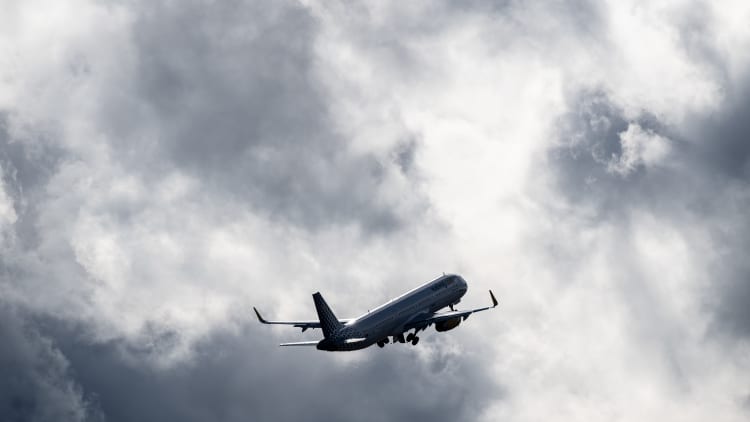
In February 2009, Continental Flight 3407 crashed into a house, killing all 49 people aboard and one person on the ground as the plane was arriving in Buffalo, New York. Since then, U.S. airlines have transported about 8 billion passengers without a single fatal crash.
"There's one dangerous part of the airplane trip, and that's the drive to the airport," said John Cox, a retired airline captain and an aviation accident investigator.
The fiery crash of the turboprop plane on Feb. 12, 2009, prompted federal regulations requiring more rest and training for pilots. In their investigation report, U.S. safety officials cited fatigue and the need for more training. They said pilot error was the probable cause as the plane lost speed and stalled a few miles from the airport in Buffalo during a flight from Newark, New Jersey.
In 2013, the Federal Aviation Administration increased the requirements for commercial pilots and first officers. They now must have 1,500 hours of flying experience before getting a commercial license. The previous requirement was 250 hours. Rest requirements for pilots were also increased following the crash of the plane, which was operated by now-defunct Colgan Air. The first officer of the Bombardier Q400 plane had taken a red-eye trip the night before from Seattle and then commuted from Memphis, Tennessee, to Newark before the flight to Buffalo, according to the accident report.
The captain of the plane had repeatedly failed flight tests throughout his training, drawing more scrutiny on pilot candidates' education.
"The life-saving changes that came out of that event have truly been profound," said National Transportation Safety Board Chairman Robert Sumwalt, who investigated the crash at the time.
"The traveling public has an expectation of safety now," Cox said.
The stricter training rules make it harder for airlines, particularly smaller regional carriers that pay less than large carriers, to hire pilots, just as they're facing a wave of pilot retirements.
"It has contributed to the shortage and the airlines have been slow to do something about that," said John Goglia, a former member of the NTSB.
Greg Everhard, a United Airlines captain and spokesman for the Air Line Pilots Association, the labor union that represents the carrier's pilots, said the changes brought about by regulators and the family members of Flight 3407 passengers turned "the hard lessons learned from the tragedy" into better training rules that shouldn't be rolled back to save on costs.
U.S. air travel hasn't been without incident. Last April, a fan blade on a Southwest Airlines Boeing 737 broke loose during a flight, sending shrapnel flying and shattering a window, killing a passenger, Jennifer Riordan. It was Southwest's first on-board fatal accident in 47 years of operations. The FAA shortly afterward issued an emergency order requiring an inspection of the fan blades on the engine type that was on Southwest Flight 1380.
"As great as the record has been, we've had one passenger fatality [last year] and that's one too many," Sumwalt said.
Despite the new rules that came out of the 2009 crash, other concerns have emerged. Regulators have recently examined issues including fires of lithium ion batteries on board aircraft and avoiding collisions with drones. Even a report of a drone sighting can cripple air travel, as the two busiest U.K. airports recently discovered.
"There's always the risk of complacency and we want to ensure that each flight is operated to the highest level," Sumwalt said.


